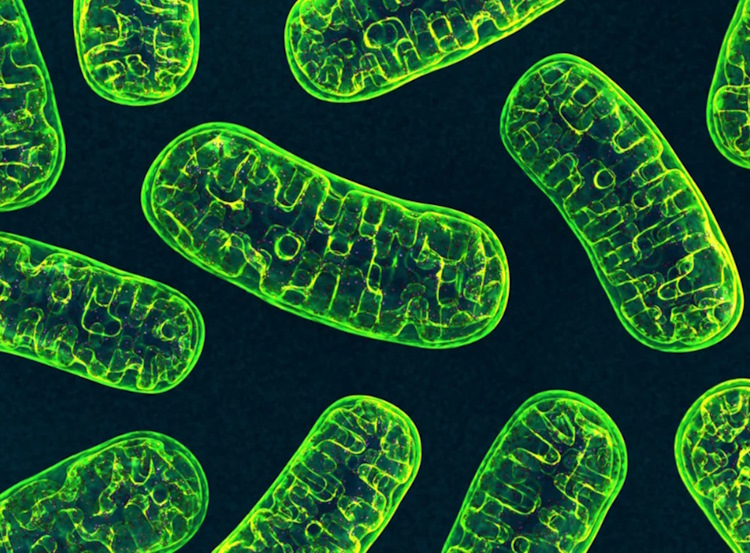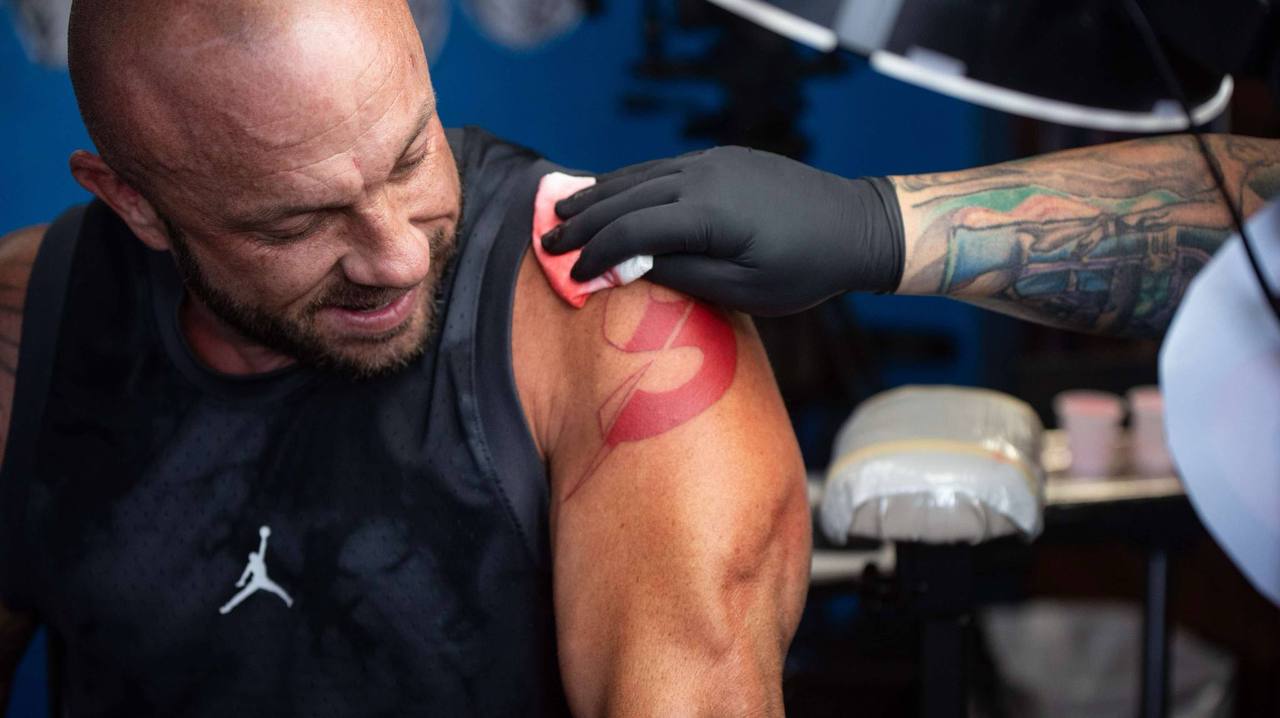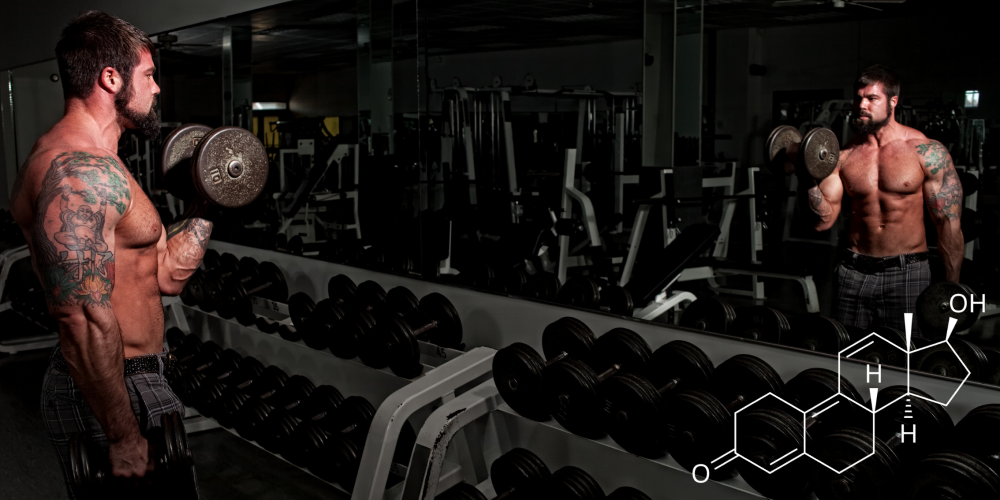Mitochondria and performance: how to train for more cellular energy
Mitochondria are like microscopic engines inside our cells, or the tiny power plants that convert nutrients into usable energy (ATP). While they often get mentioned in the context of endurance sports or health discussions, mitochondria are actually extremely important to nearly every aspect of athletic performance: strength, power, recovery, body composition, and longevity. Whether you’re sprinting, squatting, or simply trying to bounce back between workouts, your results depend on how well your mitochondria are functioning. Optimizing mitochondrial health, density and function isn’t just for cyclists and runners, it’s a game-changer for anyone who wants to train harder, recover faster, and perform longer.
Why mitochondria matter for performance
First of all, let’s see the reasons why mitochondria matter for performance:
- Energy production: mitochondria generate ATP through oxidative phosphorylation, the primary energy source for sustained activity;
- Fat oxidation: well-functioning mitochondria improve your ability to burn fat as fuel, preserving glycogen for explosive efforts;
- Lactate clearance: mitochondrial density is related to lactate clearance and recovery during high-intensity training;
- Muscle efficiency: better mitochondria mean your muscles require less energy to perform the same work;
- Hormonal health: mitochondrial dysfunction is linked to fatigue, poor recovery, and even hormonal decline.
Building better mitochondria
However, building better mitochondria isn’t as simple as taking a supplement, it’s about training smart and hard. Here’s a few ways to do it:
Zone 2 training (endurance base work)
- What it is: moderate-intensity cardio (60–70% of max HR) that can be sustained for long durations;
- Why it works: stimulates mitochondrial biogenesis, or the creation of new mitochondria, and enhances fat metabolism;
- Who needs it: everyone from bodybuilders to powerlifters to MMA fighters can benefit from a stronger aerobic base;
Sprint intervals and HIIT
- What it is: short bursts of maximum effort (15–60 seconds) followed by a couple of minutes of rest;
- Why it works: increases mitochondrial density and improves your ability to produce and clear lactate;
- Bonus: triggers adaptations in both slow and fast-twitch muscle fibers;
Resistance training with short rests
- What it is: traditional strength training (8–15 reps) with short rest periods (30–60 seconds);
- Why it works: creates metabolic stress that pushes mitochondrial adaptation, especially when training close to failure;
Cold exposure & heat therapy
- What it is: saunas, ice baths, or contrast therapy;
- Why it works: both cold and heat exposure offer hormetic stress, or light, beneficial challenges that prompt your body to adapt. Cold exposure encourages mitophagy and mitochondrial remodeling in muscle and brown fat, increasing energy output and fat burning. Heat therapy may enhance oxidative phosphorylation, potentially improving mitochondrial efficiency and recovery, though more research is still needed.
Recovery
However, as we all know, performance doesn’t improve without recovery, and mitochondria are absolutely no exception to that, so that’s how you can improve its recovery:
- Sleep: deep, consistent sleep is when your mitochondria repair and multiply;
- Red light therapy: may enhance mitochondrial function via increased cytochrome c oxidase activity;
- Nutrition: supplementing nutrients like CoQ10, carnitine, magnesium, and omega-3s can support mitochondrial function if you’re deficient in any of those;
- Fasted cardio: occasional fasted training may enhance fat adaptation and mitochondrial flexibility.
Simply put, the main takeaway here is that when it comes to weightlifting and bodybuilding, more efficient mitochondria can affect your training in pretty much every aspect of it. Here’s how it’ll help you:
- Mitochondrial efficiency = better pumps, more reps, and faster recovery;
- Fat oxidation = leaner physique with better energy partitioning;
- Aerobic base = faster between-set recovery and higher total volume tolerance/capacity.
If you’re looking for sustainable gains, focusing only on muscle size without considering mitochondrial capacity is like building a massive engine with no fuel system.
In conclusion, from ATP production to recovery and hormonal health, mitochondria are main points of interest when it comes to athletic performance. Training to improve mitochondrial density and function through targeted cardio, metabolic resistance work, recovery practices, and nutrition, for example, can transform your physique, endurance, and longevity. If you’re a bodybuilder, powerlifter, hybrid athlete, or just a gym-goer, mitochondrial optimization isn’t just optional, it’s essential. Train your cells, and the rest of the results will follow.









